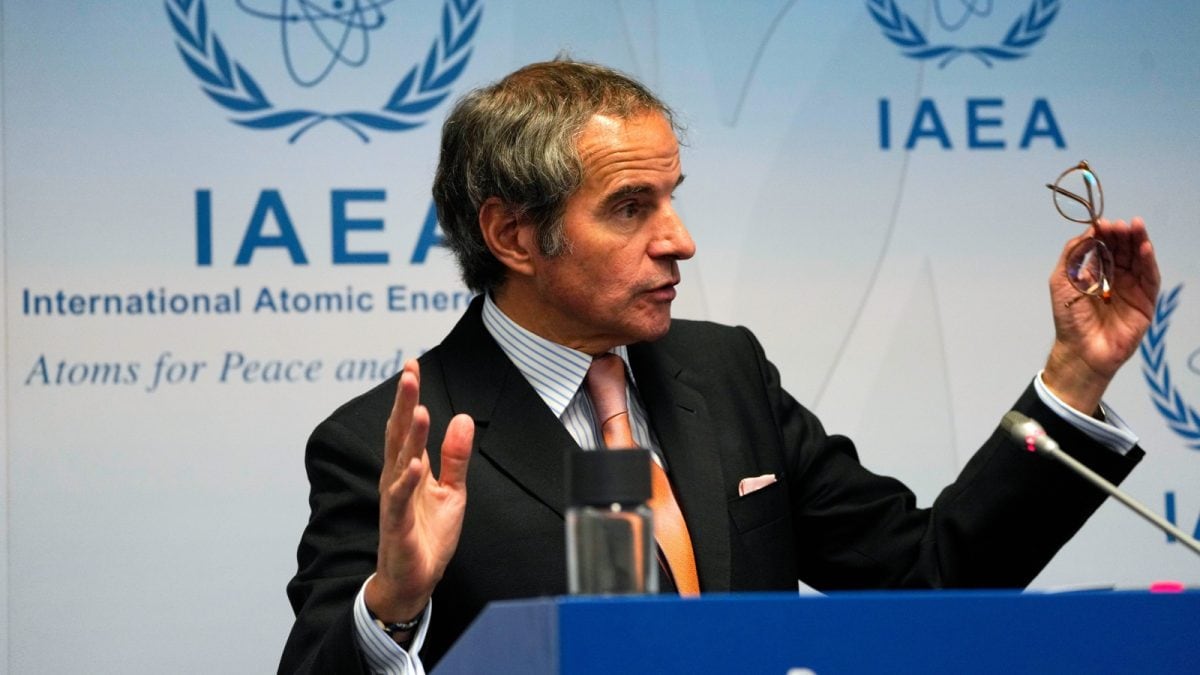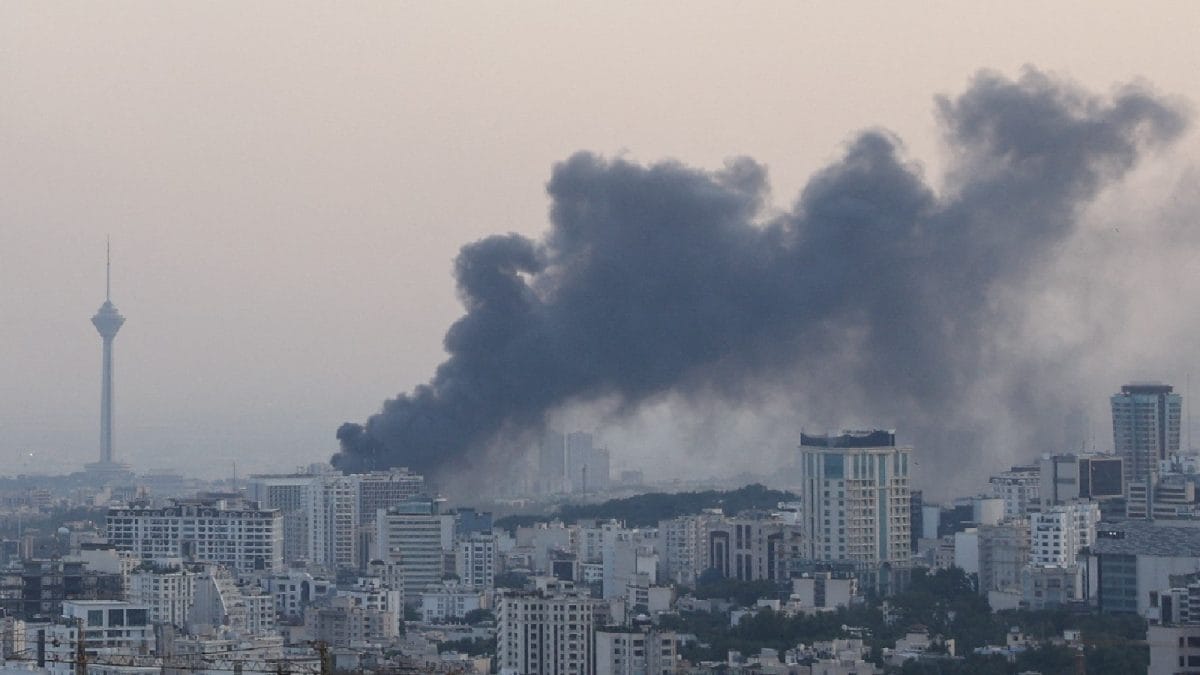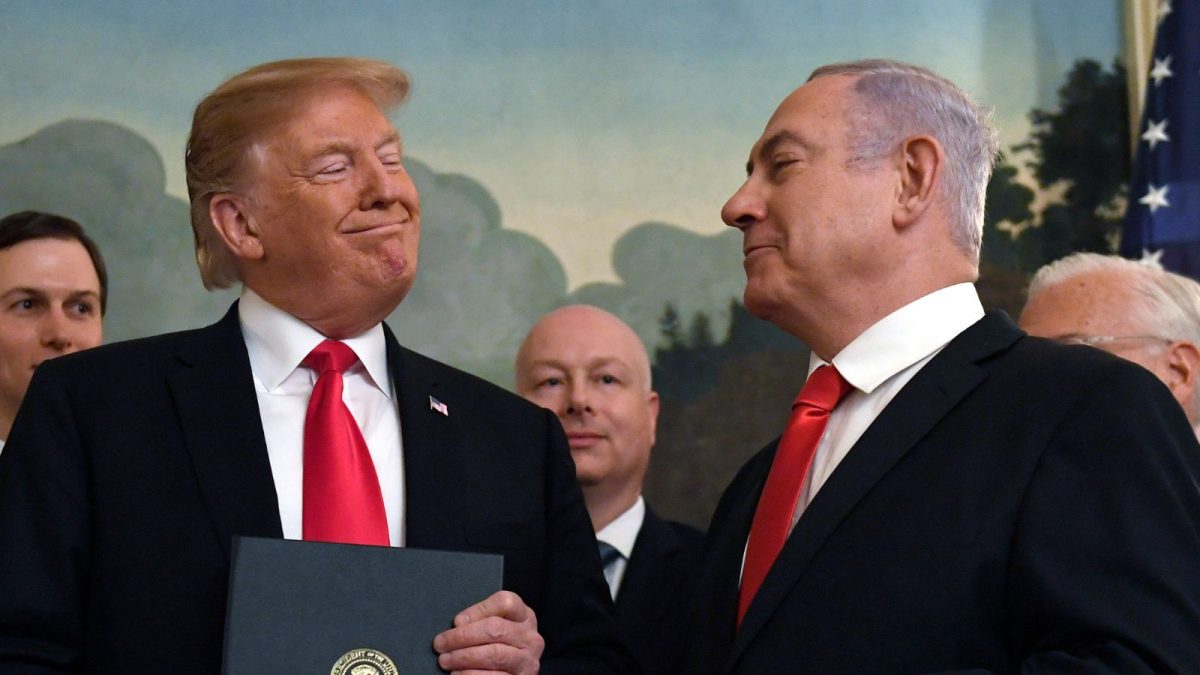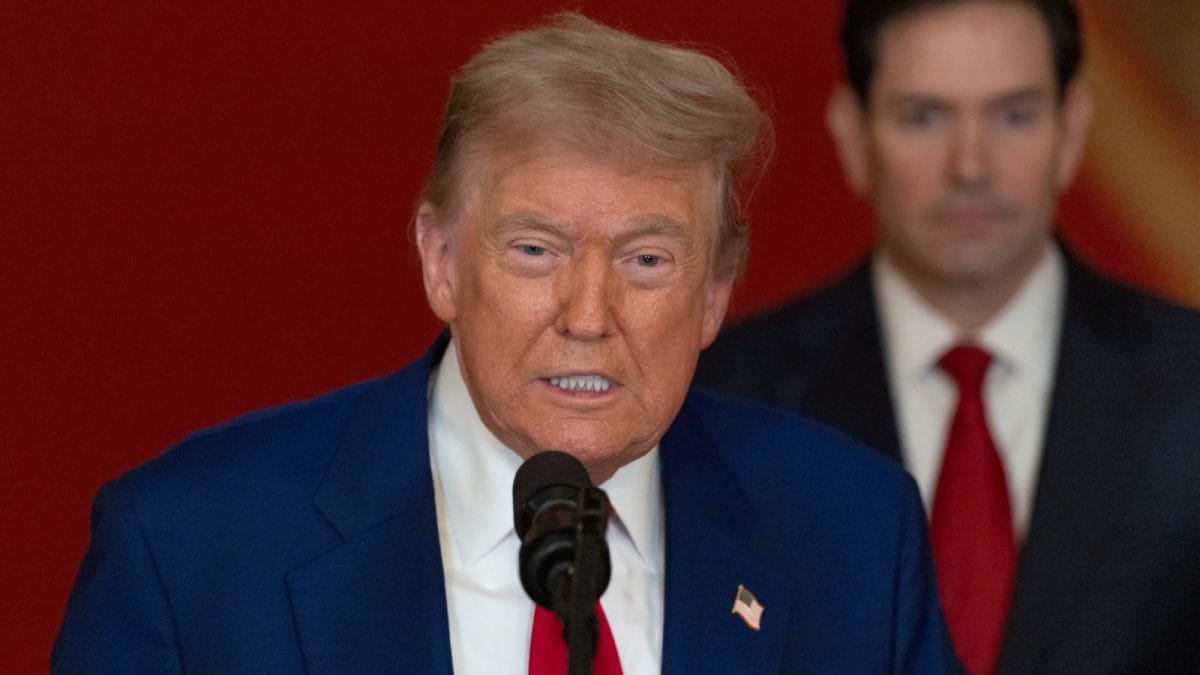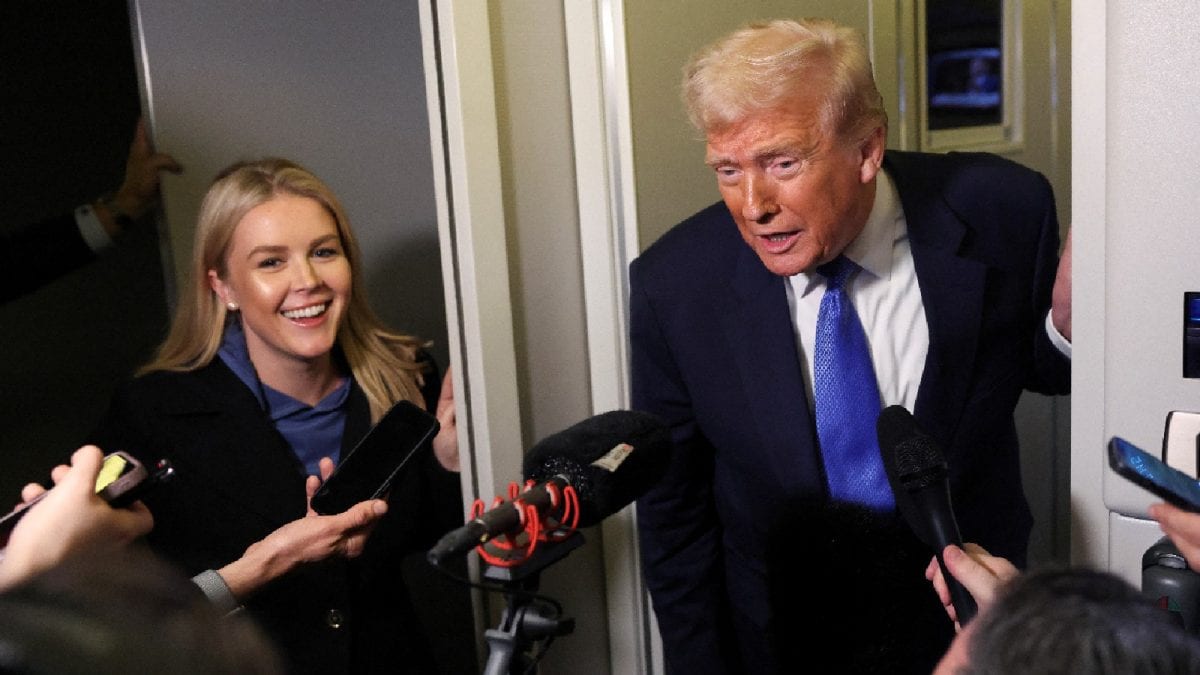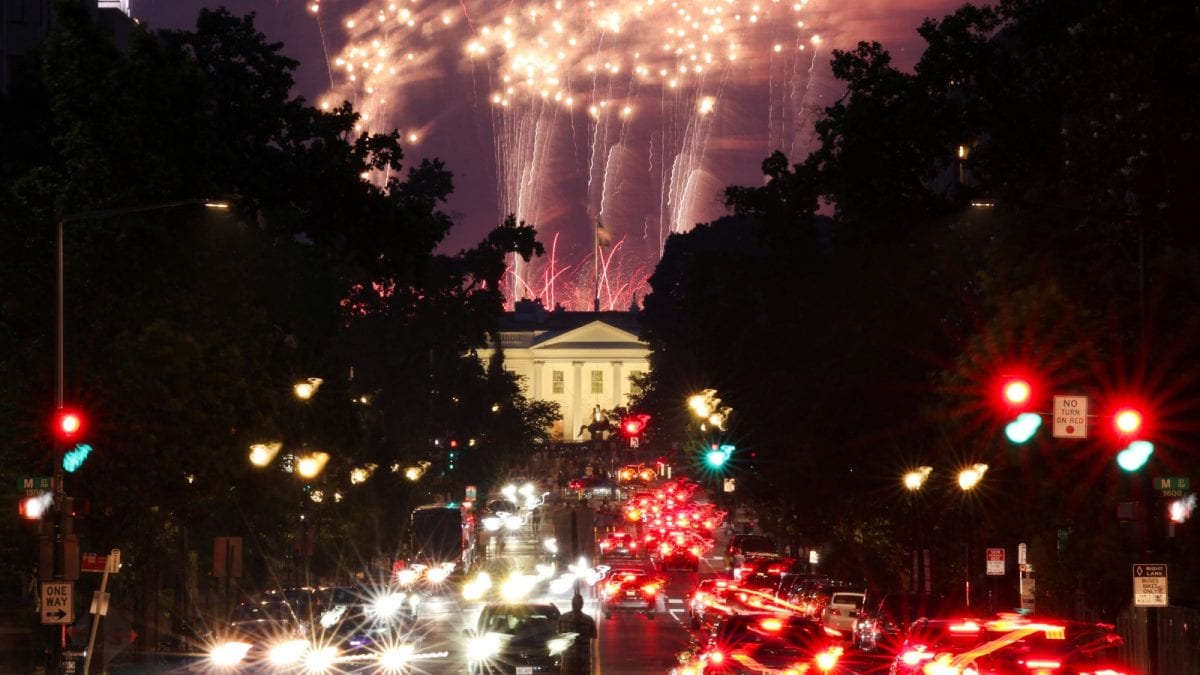Last Updated:June 23, 2025, 16:13 IST
With US airstrikes targeting Iran’s nuclear facilities and Tehran vowing retaliation, the fragile geopolitical triangle involving Iran, Israel & US edges closer to open conflict

Iran's Supreme Leader Ayatollah Ali Khamenei, US President Donald Trump and Israeli Prime Minister Benjamin Netanyahu. (AP file photos)
The “Triangle of Tension" linking Iran, Israel, and the United States has reached a dangerous inflection point, with no clear diplomatic off-ramp in sight.
After decades of tense negotiations and summitry, the confrontation has hardened: Iran maintains that nuclear enrichment is its sovereign right, while US President Donald Trump has drawn a red line at “zero enrichment"—a stance that has resulted in stalemate, despite several rounds of negotiations and draft agreements from the UN, EU, and IAEA now gathering dust.
Early Sunday, the US directly entered into Israel’s current standoff with Iran by striking Iran’s three most sensitive nuclear sites—Fordow, Natanz, and Isfahan—with precision-guided missiles from B-2 stealth bombers and bunker-buster bombs. This dramatic move has shattered any lingering illusions about the likelihood of an easy diplomatic solution.
In response, Iran’s Supreme Leader Ayatollah Khamenei promised “full retaliation" if Iran is attacked again, warning that the regime has both direct and highly destabilising options for revenge.
Tehran could fire missiles at Israel or orchestrate proxy or missile attacks on US military bases in Iraq, Syria, or the Gulf—all of which carry the risk of serious casualties and widespread damage.
The economic risks are equally high. Iran holds the “oil-spigot card," with the potential to cut its oil exports or threaten to close the Strait of Hormuz—a narrow passage through which 20% of the world’s oil supply is shipped. Even a temporary closure could send shockwaves through global supply chains, disrupting refineries from Jamnagar to Singapore and causing fuel prices to spike from Mumbai to US gas stations.
Meanwhile, Iran’s proxy network in Lebanon, Syria, Yemen, and along the Red Sea remains on standby, raising the threat of asymmetric strikes and cyber warfare across multiple fronts.
Russia and China, though not intervening directly, are watching closely. Both have issued diplomatic signals but are so far adopting a cautious “wait-and-see" approach.
The financial markets already are on edge: West Asian stock markets have recorded steep falls, and Indian pharmaceutical and food exporters are caught in the middle, looking to New Delhi for cues as trade channels and payments become iffy.
At this critical juncture, Iran appears to have three broad options: pursue a weary path of diplomacy, retaliate directly or via proxies, or weaponise its energy exports to strangle the global economy.
Each path carries the risk of severe collateral damage. With the US.-Israel axis on high alert and Iranian leadership vowing retribution, the region teeters on the brink of a wider conflict with potentially global consequences.
Location : First Published:News world 'Triangle Of Tension' Between Iran, US And Israel Deepens, Raises Fears Of Wider Conflict

 4 hours ago
4 hours ago

